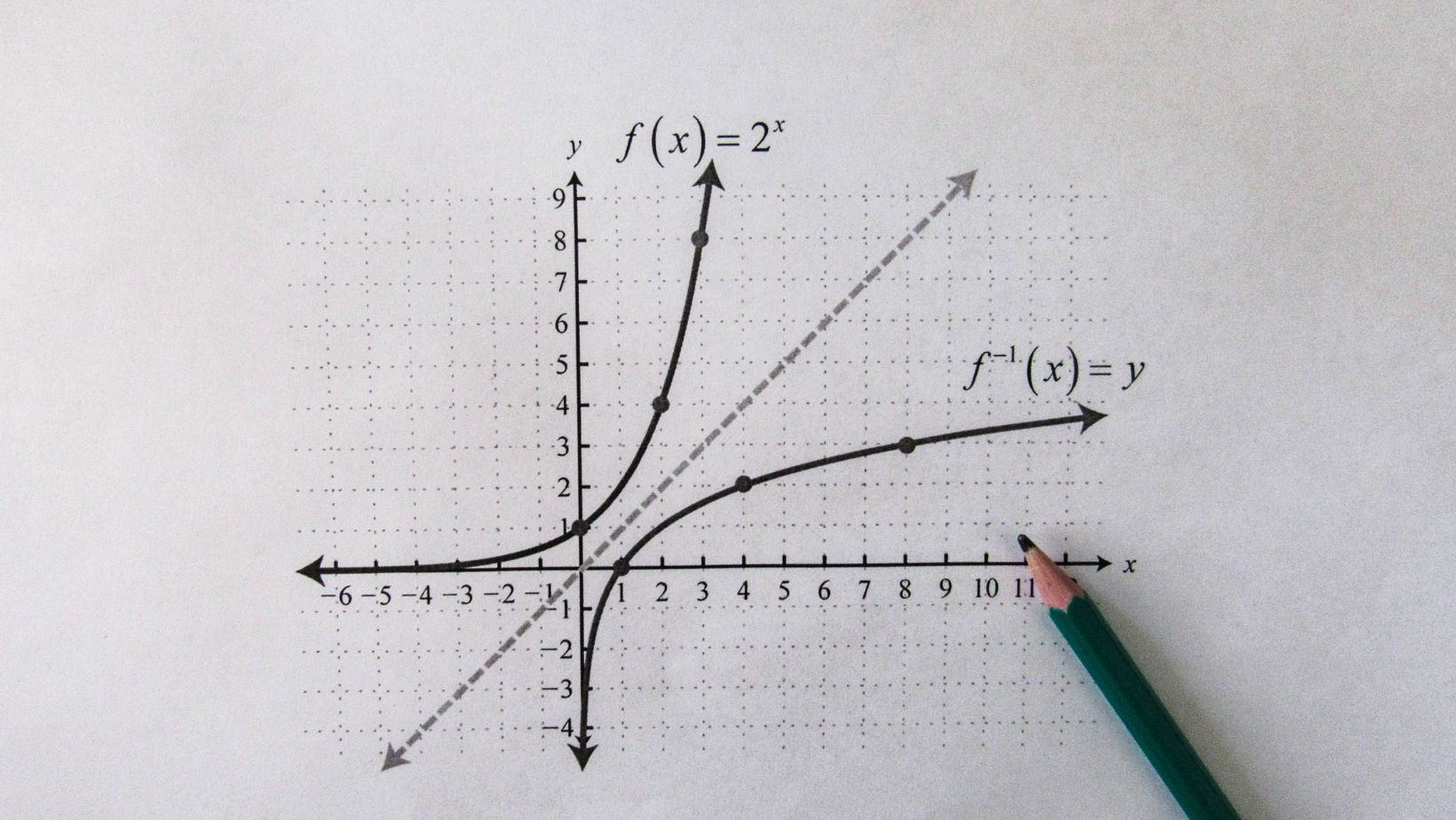Distance between Point and Line Formula
Wondering how to calculate the distance between a point and a line? Look no further! In this article, I’ll walk you through the distance between point and line formula, which can help you find the shortest distance between any given point and a line in a two-dimensional space.
The distance between a point and a line is calculated using the perpendicular distance. To determine this, we need to establish the equation of the line and have the coordinates of the given point. By plugging these values into the formula, we can easily compute the distance.
The formula itself involves finding the dot product of two vectors – one that represents the direction of the line and another that connects a point on the line to our given point. Taking into account some basic algebraic calculations, we can obtain an accurate measure of how far apart they are.
Stay tuned for my step-by-step guide on how to apply this formula with practical examples. Understanding how to find the distance between a point and a line will not only enhance your mathematical skills but also prove valuable in various fields such as physics, engineering, computer graphics, and more. So let’s dive in and unlock this fascinating concept together!
Understanding the Distance Between a Point and a Line
When it comes to understanding the distance between a point and a line, there is a formula that can help us calculate this value. The distance between a point (x1, y1) and a line represented by the equation Ax + By + C = 0 can be found using the following formula:
distance = |Ax1 + By1 + C| / √(A^2 + B^2)
Let’s break down this formula to fully grasp its meaning. The numerator of the formula represents the perpendicular distance between the point and the line. We evaluate this distance by plugging in the values of x1 and y1 into the equation of the line.
The denominator represents the magnitude of the vector (A, B), which acts as a directional vector for our line. It is important to note that for this formula to work accurately, A and B should not both be zero. If they are both zero, it means we do not have an actual line but rather just a single point.
To illustrate how this formula works in practice, let’s consider an example. Suppose we have a point P(3, 4) and want to find its distance from a line represented by 2x – 3y – 12 = 0. Using our formula, we would plug in x1 = 3, y1 = 4, A = 2, B = -3, and C = -12:
distance = |2(3) – (-3)(4) – 12| / √(2^2 + (-3)^2) = |6 + 12 – 12| / √13 = |6| / √13 ≈ 6 / √13
By evaluating this expression further or approximating it with decimal values if needed, we can find the exact distance between the point P(3, 4) and the given line.
Understanding the formula for calculating the distance between a point and a line is essential in many fields, such as geometry, physics, and computer science. By applying this formula, we can accurately determine how far a point is from a given line. Remember to use this formula only when dealing with lines and points in two-dimensional space.
That’s it! We’ve explored the concept of finding the distance between a point and a line using a simple yet powerful formula. Now you have another tool in your mathematical arsenal to tackle problems involving lines and points with confidence.

The Concept of Line Equations in Two Dimensions
Understanding line equations in two dimensions is crucial when it comes to calculating the distance between a point and a line. This concept forms the foundation for solving various geometric problems and has practical applications in fields such as physics, engineering, and computer graphics.
In two-dimensional space, a line can be represented by an equation of the form y = mx + b, where m represents the slope of the line and b denotes the y-intercept. The slope determines how steep or shallow the line is, while the y-intercept indicates where it crosses the y-axis.
To find the distance between a given point (x₁, y₁) and a line represented by y = mx + b, we can use the distance formula derived from basic geometry principles. The formula is:
distance = |(mx₁ – y₁ + b)| / sqrt(m² + 1)
Here’s how it works:
- Substitute x₁ and y₁ into the equation for our point.
- Calculate mx₁ – y₁ + b to determine how far away our point lies from the line.
- Take its absolute value to ensure we get a positive result.
- Divide this value by sqrt(m² + 1) to account for variations in slope.
By applying this formula, we can accurately determine how far a given point is from a specific line in two dimensions. This knowledge proves valuable in multiple scenarios like finding shortest distances between objects or optimizing routes based on proximity to certain lines.


 By
By 




